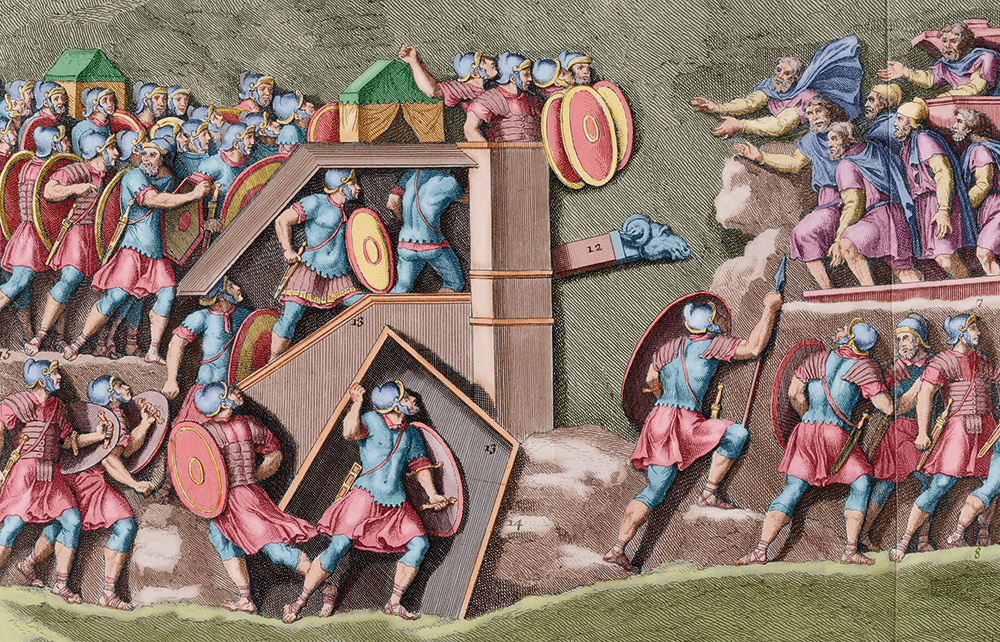History doesn’t have to be ‘useful’ to be compelling – witness, say, Henry VIII and his six wives. Adrian Goldsworthy, however, a considerable historian of ancient Rome as well as a prolific novelist of those times and the Napoleonic (of which there is obvious connection), is at pains to emphasise the profit to be derived from his massive, magnificent account of the 700-year conflict between Rome and Persia.
History is valuable, he writes, because it helps us understand our own world a little better. (The corollary is also true: the intrigues and cock-ups of the past are far easier to believe by looking around at the present):
It would be absurd to claim that the study of the rivalry between Rome and Parthia-Persia shows exactly how to interpret a conflict in the 21st century. Yet there are loose parallels in the restrictions placed on warfare by both empires. This was a mixture of respect for – even fear of – the enemy’s potential power and a sense of how a broad conflict was really advantageous, even in the best possible circumstances. There were self-imposed restrictions on ambition and behaviour – including the deterrent created by the acceptance that the enemy might prove very dangerous if pressed too far.
The Parthians, originally a nomadic tribe of eastern Iranians, the Parni, conquered the region of north-eastern Persia known to the Romans as Parthia in the 5th century BC,
carving out a great kingdom that included what is now Iran and Iraq, most of Syria, and at times some of Afghanistan, Turkmenistan, Azerbaijan and Georgia, as well as wielding influence beyond, notably in the Arabian peninsula.
For more than 300 years they were neighbours and rivals of the Roman empire until the dynasty fell in 224, when they were succeeded by the Sasanians, whose name derives from Sasan, a prince, possibly of Persepolis.
The Sasanian (or Sassanid) dynasty ruled for the next four centuries over, to all intents and purposes, the same empire.







Comments
Join the debate for just £1 a month
Be part of the conversation with other Spectator readers by getting your first three months for £3.
UNLOCK ACCESS Just £1 a monthAlready a subscriber? Log in